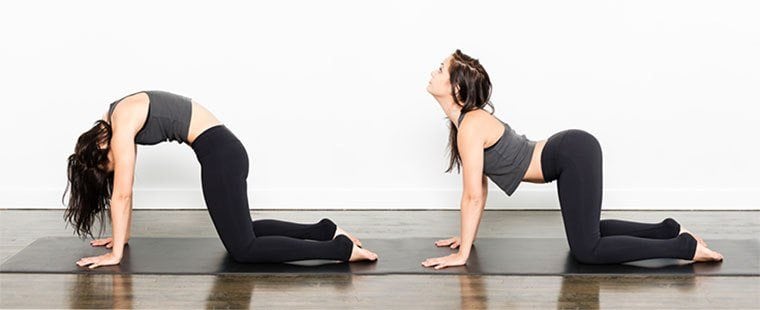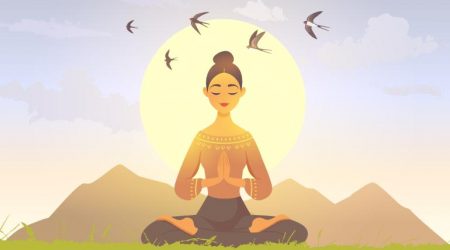By Atul Vyas
The spine is the central support system for our entire body, assisting with nearly all movements while protecting our spinal cord. It must be firm enough to support our body weight when standing, yet flexible and strong to help lower limbs to move smoothly.
Our spine is a column of 34 bones called vertebrae all but 10 of these vertebrae are movable and they are divided into 3 groups: seven cervical (neck), 12 thoracics (mid back), and five lumbar (lower back). The remaining 10 vertebrae are located at the base of the spine – five of these are fused together to form a triangular shaped bone-the sacrum, which sits between your two iliac bones to form our pelvis. Below this, there are three to five (most people have four) fused or partially mobile segments which form our coccyx, the rudimentary tail inherited from early human ancestors.
The spine allows you to bend forward, backward, and sideways and it also allows you to twist too. It is an amazing organ of the body it is very strong and rigid yet very flexible and soft. A bundle of nerves arises from it and feeds the trunk and limbs with information from the brain.
The spine has psychological significance too. An erect spine reflects self-assuredness, energy, and courage while a hunched spine signals that one is collapsed from within.
From a yogic point of view, the spine is the physical aspect of subtle energetic pathways that run from the base to the crown of the head. The energy centers called chakras are lined up along this channel. So good spinal health is critical for a fit and healthy body.
Yoga improves spinal health and flexibility. It should be practiced gently, slowly, and safely within one’s level of capability. If one has spinal conditions, avoid strenuous backbends, inverted poses, and spinal twists. If a pose causes discomfort to perform a modified version or stop and rest.
One very good exercise for good spinal health is “Bidal Asana” or cat pose.
Technique
- Kneel on all your four limbs
- Put your palms under the shoulders and the knees directly under the hips
- Exhaling contract the abdomen, tuck the pelvis, and round the spine arching back and upwards
- Release the abdominal muscles inhaling as you lift sitting bones
- Spread buttocks and lift the head and arch the spine down keep arms straight and weight evenly distributed between hands and knees
- Return to starting position and repeat the sequence 5 times, to begin with
Benefits
- Increases spinal flexibility
- Tones and strengthen the abdomen
- Tones the muscles of the back
- Lubricates one spine
- Gets your spinal discs moving and energized
Note of Caution
Those suffering from peptic or duodenal ulcers should do this pose under expert supervision.

The author likes to be called a “Yoga Scientist”. He is a celebrity yoga trainer and has trained several top Hollywood and Bollywood stars. He has trained for years under many eminent yoga gurus including his illustrious mother Daya Vyas, the first lady yoga guru of India.












